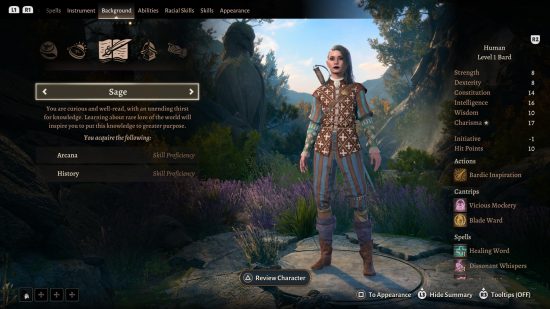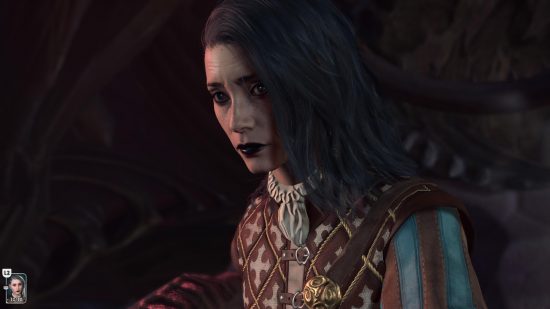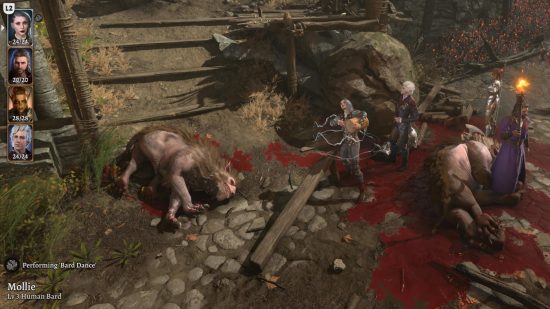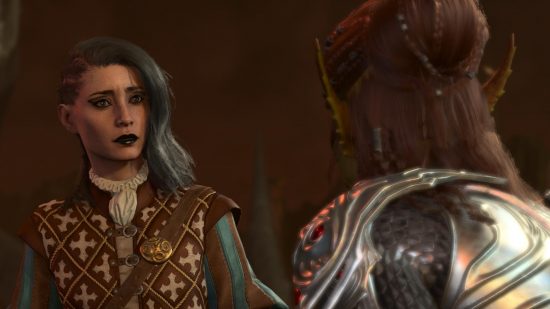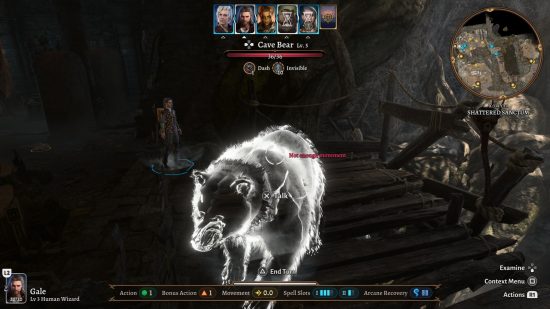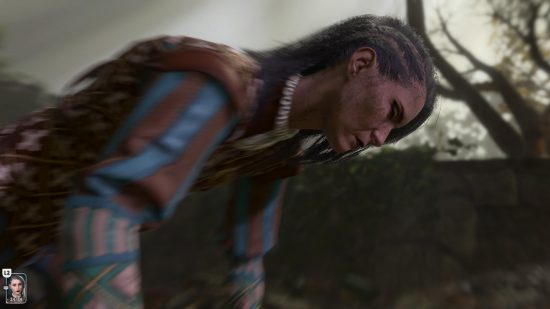The heroes of Baldur’s Gate 3 are able to save the Forgotten Realms thanks to superhuman levels of ability. It’s all about that power fantasy – BG3 lets you be anyone you want, undertake your own epic journey, and perform god-like feats along the way. That’s the standard Baldur’s Gate experience, but I wanted something else. Something crushingly mundane.
Not content with my fantasy Tav, I placed myself in the starring role of a Baldur’s Gate 3 adventure instead. (My fragile, deeply flawed self). And then I went on my merry way, off to discover how quickly I would die.
This was a highly scientific experiment, so let’s establish the parameters. Step one: set the game to Tactician mode to counteract the natural superhuman qualities of any Baldur’s Gate 3 build. Step two: use a real-life DnD stats calculator to determine what your actual strengths and weaknesses are. Step three: choose a Baldur’s Gate 3 class that feels appropriate, and select human as your bog-standard Baldur’s Gate 3 race.
Introducing Mollie, the regular human BG3 Bard:
As a professional writer and all-around book nerd, it was no surprise that Charisma and Intelligence were my best features. Build optimization went out the window with Dexterity, though, as I’m an avid collector of bruises and stubbed toes.
I have the upper body strength of wet pasta and a distinct lack of common sense, so Strength and Wisdom were dumped, too. The DnD stats calculator did allow a passable Constitution score, though – a lack of hangovers and food poisoning in my daily life were enough to push me up to average.
Starting Baldur’s Gate 3 spells were chosen based on personality rather than performance, but that fortunately worked in my favor. I’m a supportive person with a love of clever wordplay and fuzzy animals, so the selection was easy:
- Animal Friendship
- Vicious Mockery
- Healing Word
- Tasha’s Hideous Laughter
With a perfectly average character built, it was time to take on Tactician Mode. My goal was to end the playthrough at the first Game Over screen (or Total Party Kill, as tabletop D&D players know it).
Dying, it turns out, was trickier than expected.
The problem wasn’t me as a character. My hit points, armor class, and damage output were all impressively puny. But there were two major roadblocks to my inevitable death: the first being the Baldur’s Gate 3 companions.
For every weak attack, there was Lae’zel following behind with her sword. For each downed character, there was Shadowheart with a Healing Word. At every corner, I was saved by a Baldur’s Gate 3 party that was too competent – even with me in it.
(Admittedly, I could have shirked them all off to die alone. But this was a science experiment rather than a suicide mission, so I acted with the levels of self-preservation I’d expect my actual self to have.)
The second problem was that Baldur’s Gate 3 is a game of brains over brawn. You can talk your way out of plenty of dangerous situations, and even when you can’t, strategy is important above all else. Baldur’s Gate 3 wants to be cheesed, and I could not resist obliging.
I killed isolated enemies in secret. I pickpocketed the weapons of suspicious NPCs. Flammable barrels were placed everywhere. I lied, cheated, and stole – it’s surprising what you’ll do when your life is on the line.
One of my proudest moments was nicknamed ‘Operation: Send in the Bear’ (Act One spoilers ahead). After freeing Halsin from the dungeon of the goblin camp and finding a conveniently placed scroll of Invisibility, a plan was hatched.
That plan was switching to turn-based mode and walking an invisible bear (the Wild Shaped Halsin) across the map to Minthara. Without being detected by any goblins, I’d added a fifth ally to my boss fight, ready to rip the Drow to shreds. The major lesson learned from this experiment is that creative thinking can get you a long way, even with a bad build.
The Total Party Kill never came. No single character actually died until I was knee-deep in goblin corpses. Finally, Minthara got lucky with a double-whammy hit.
It was me she killed, though, so it’ll have to do.
The next logical step will be to repeat this experiment in Baldur’s Gate 3 co-op (surely if everyone is average, we can’t survive for long). Until the results are in, however, be sure to check out these lessons DnD can learn from Baldur’s Gate 3.

